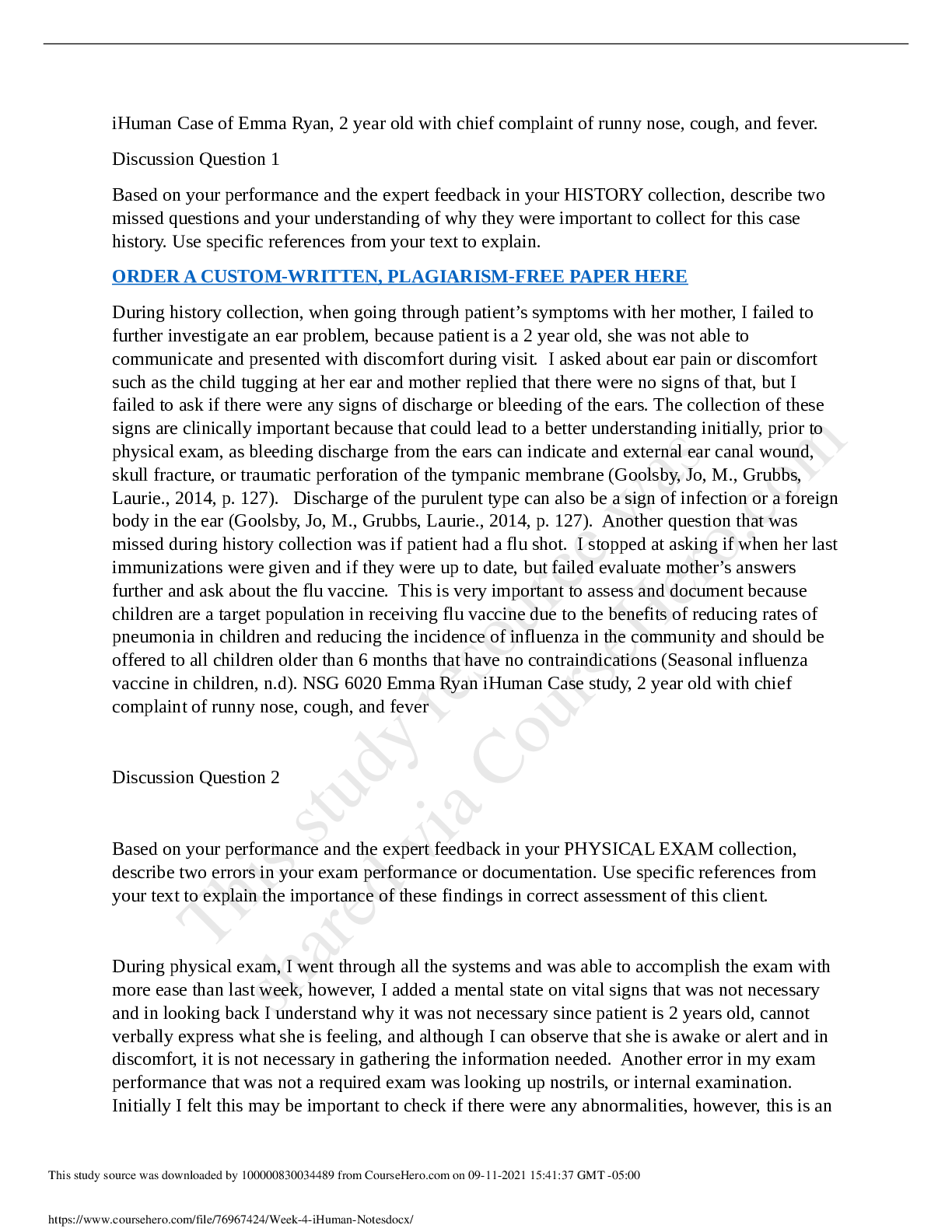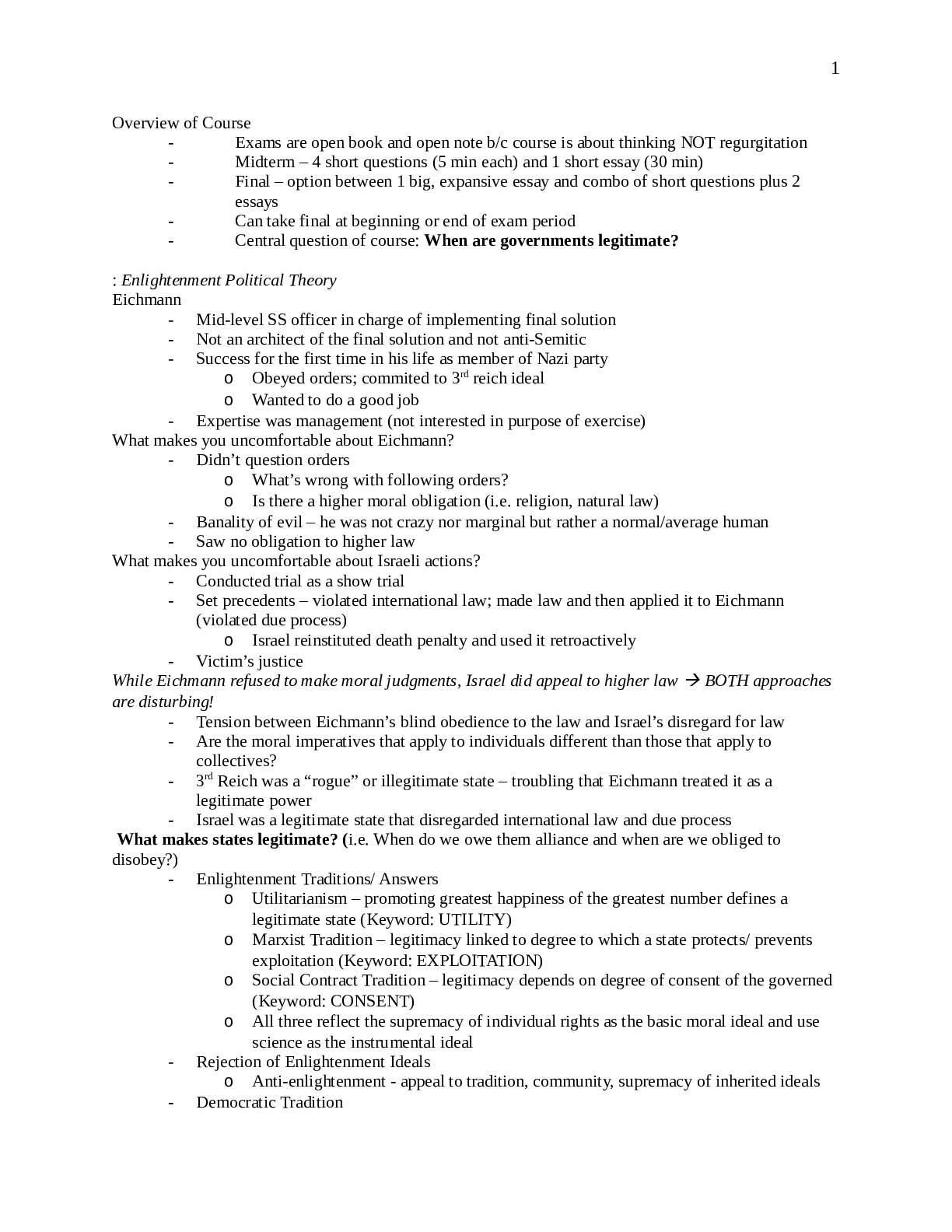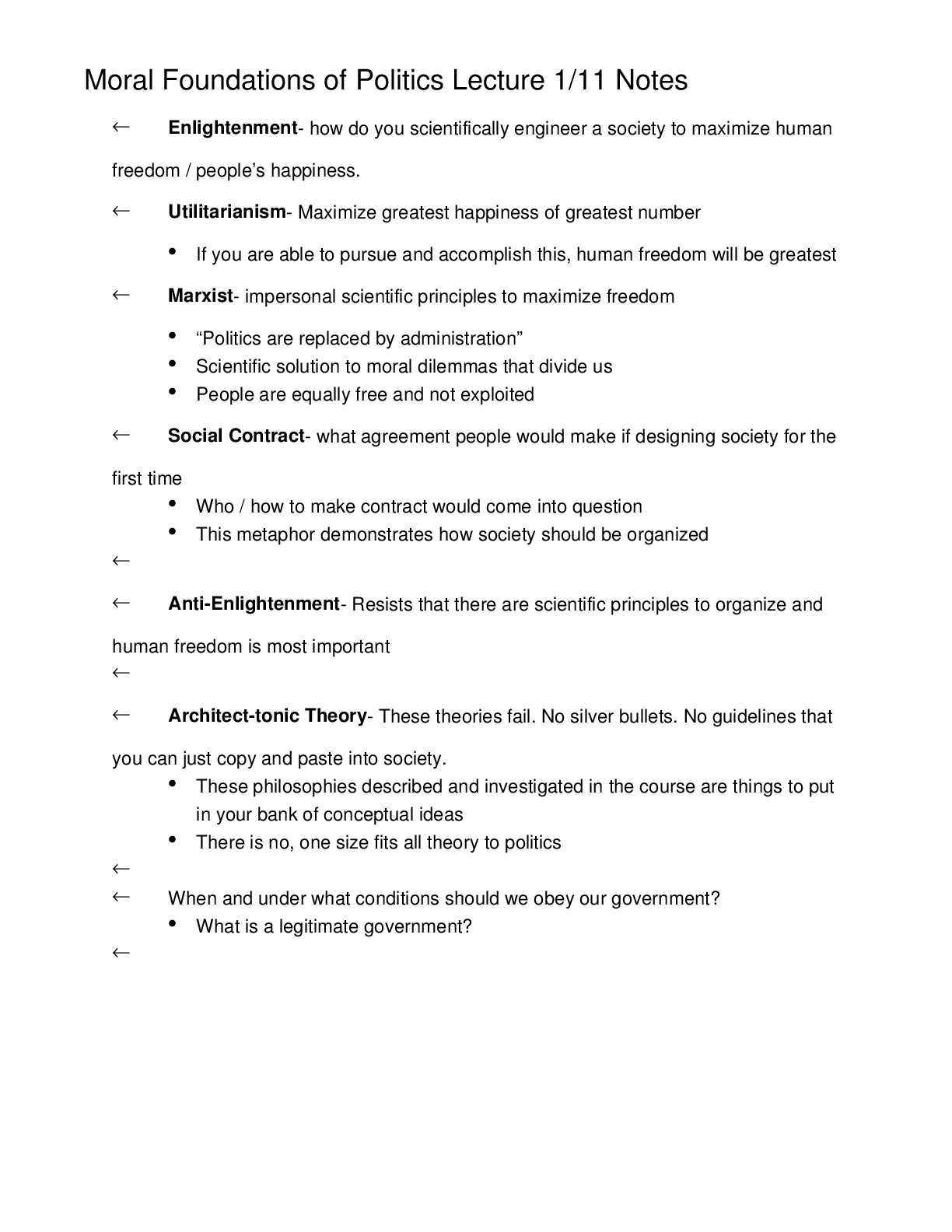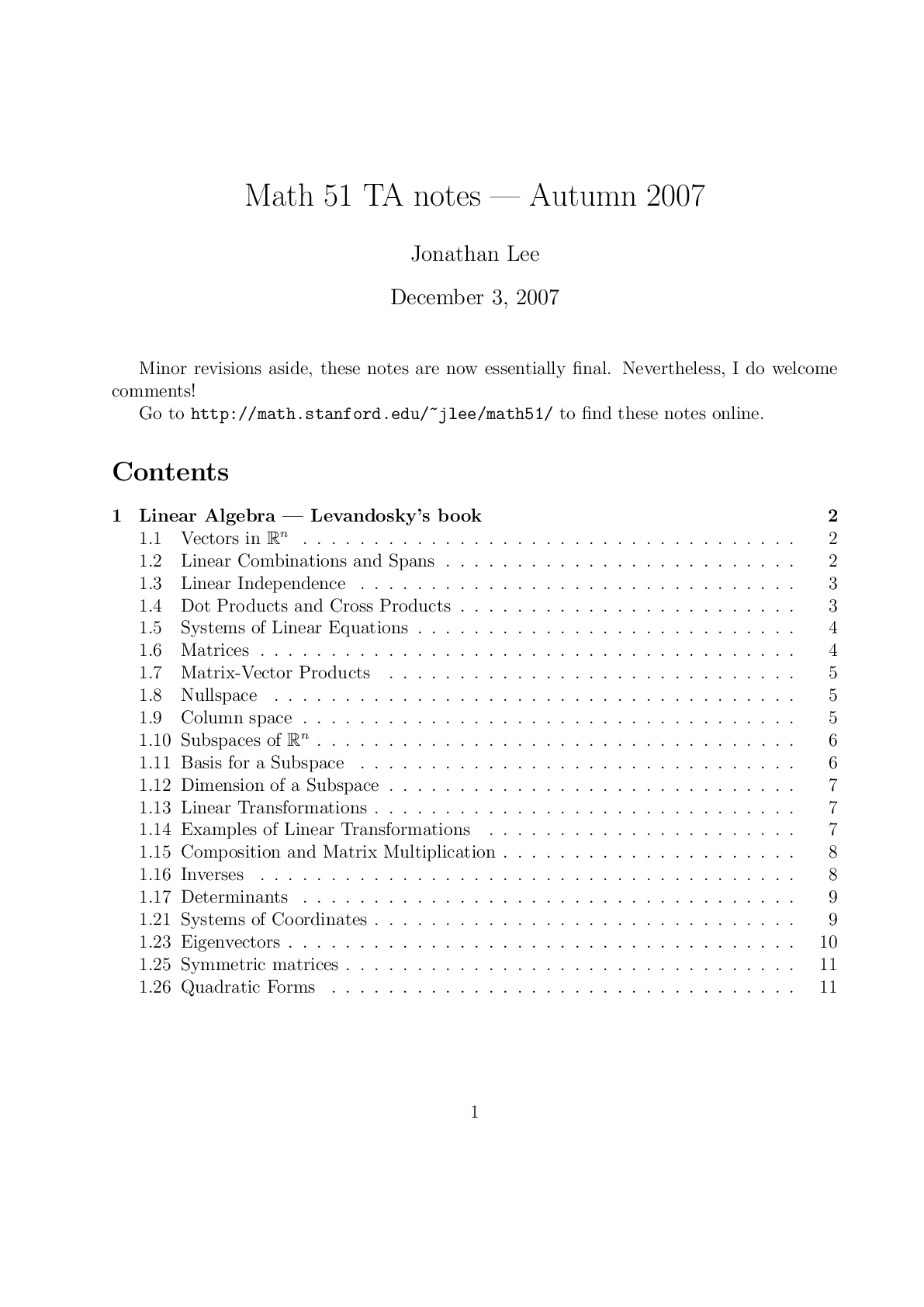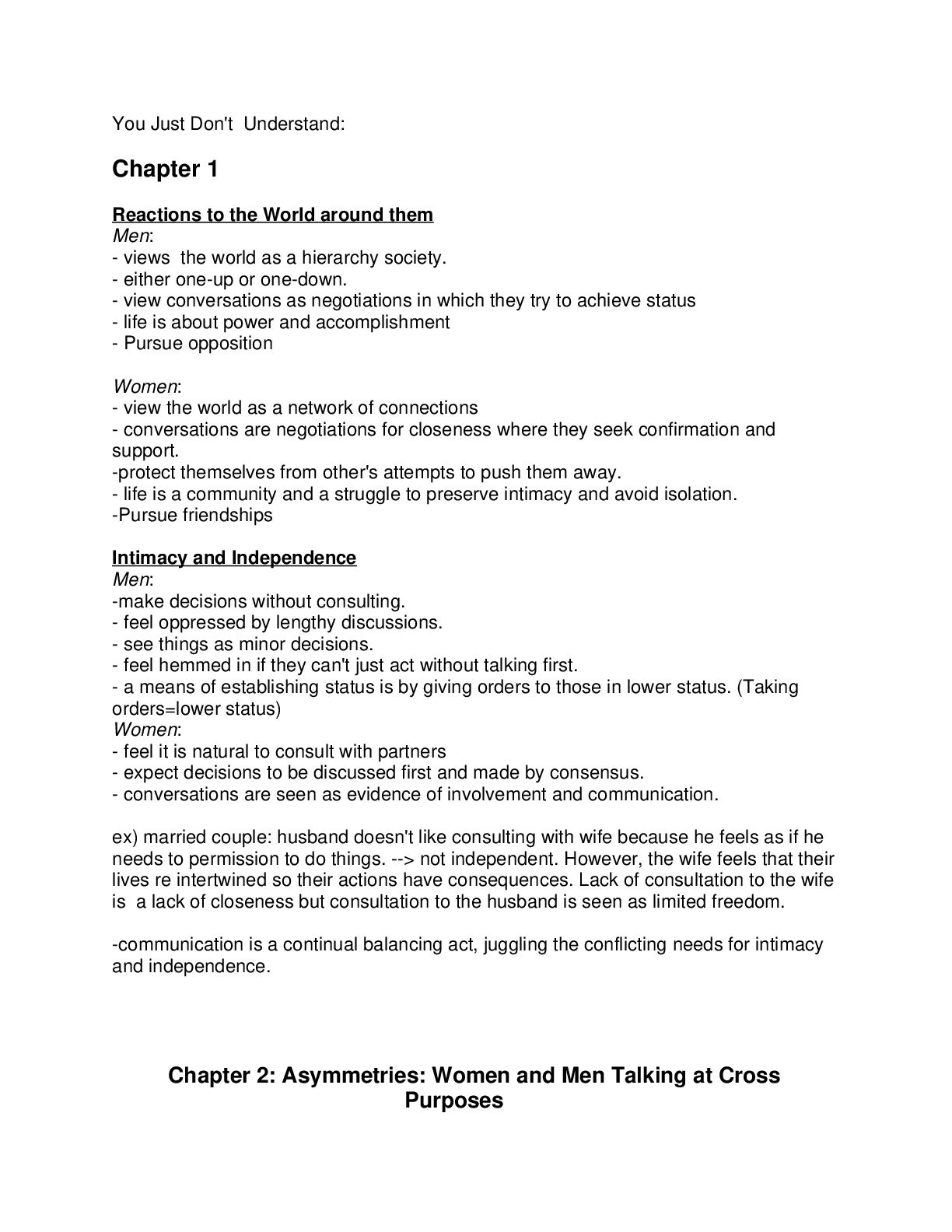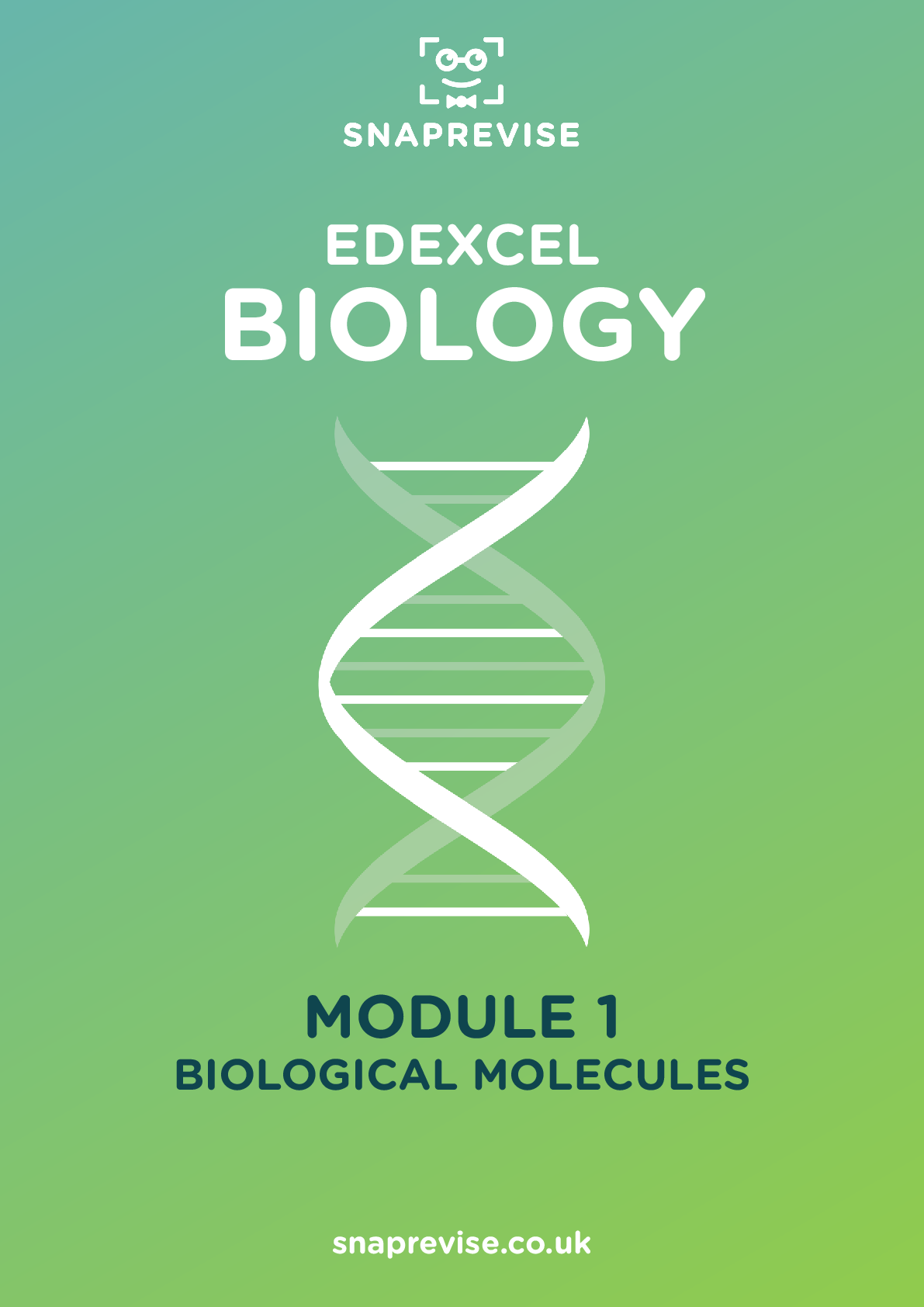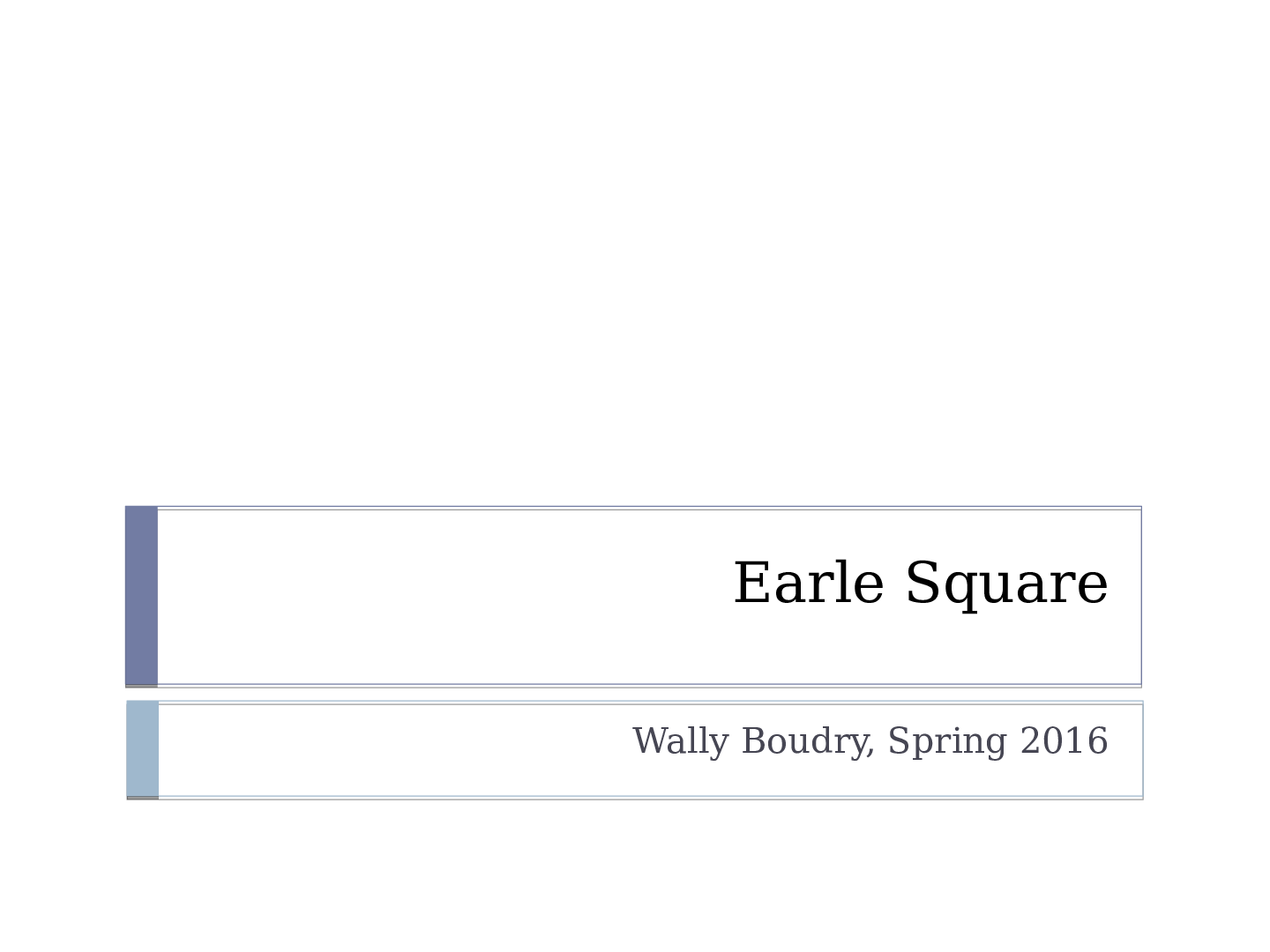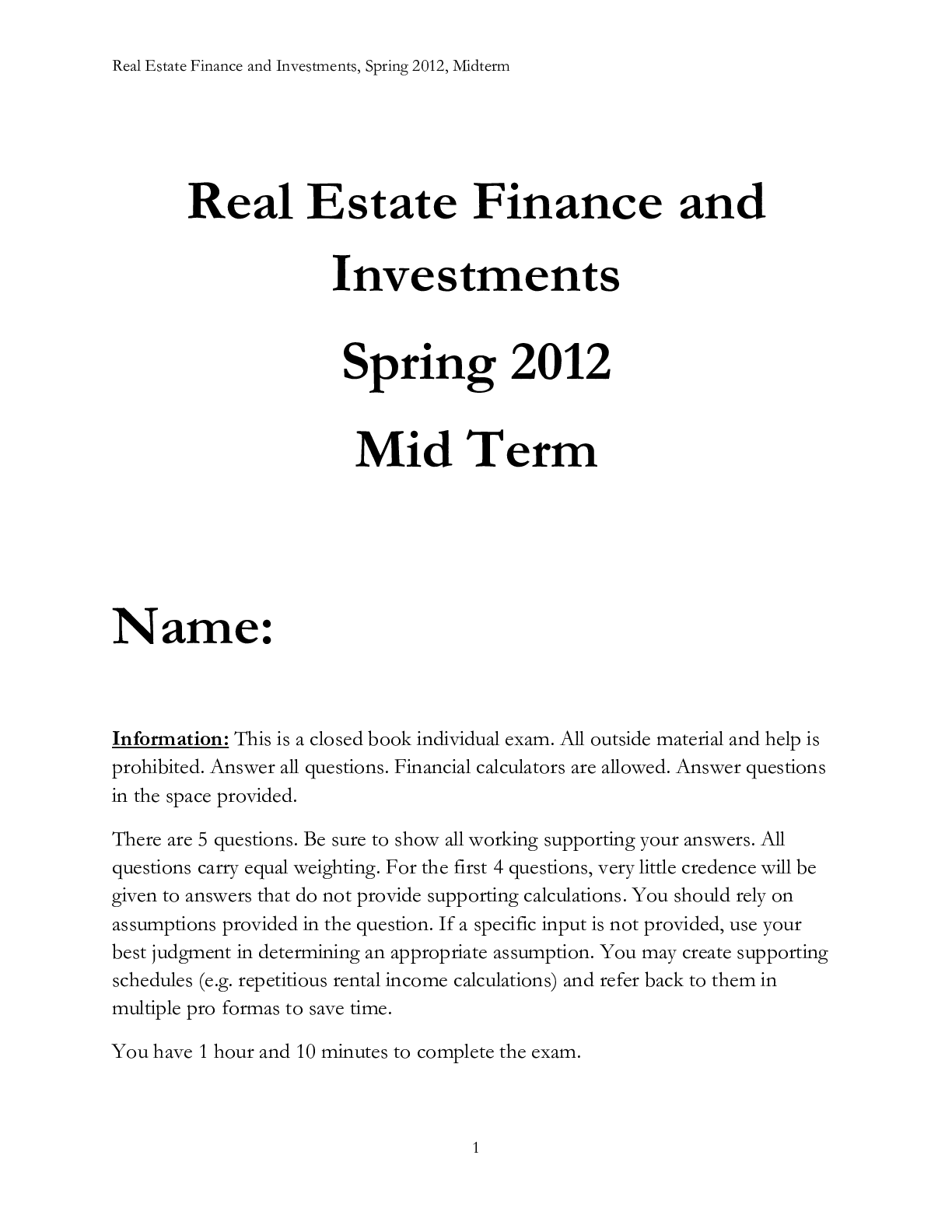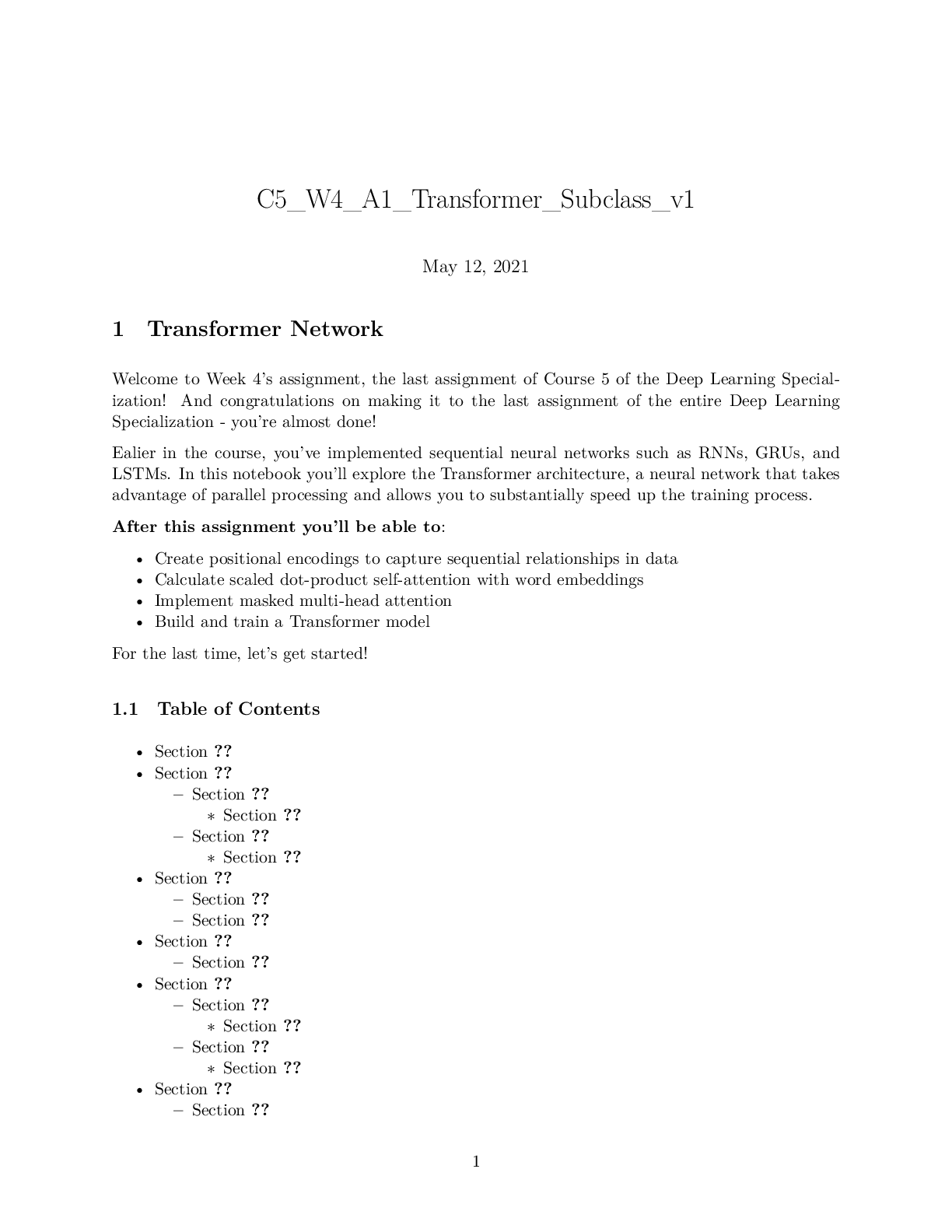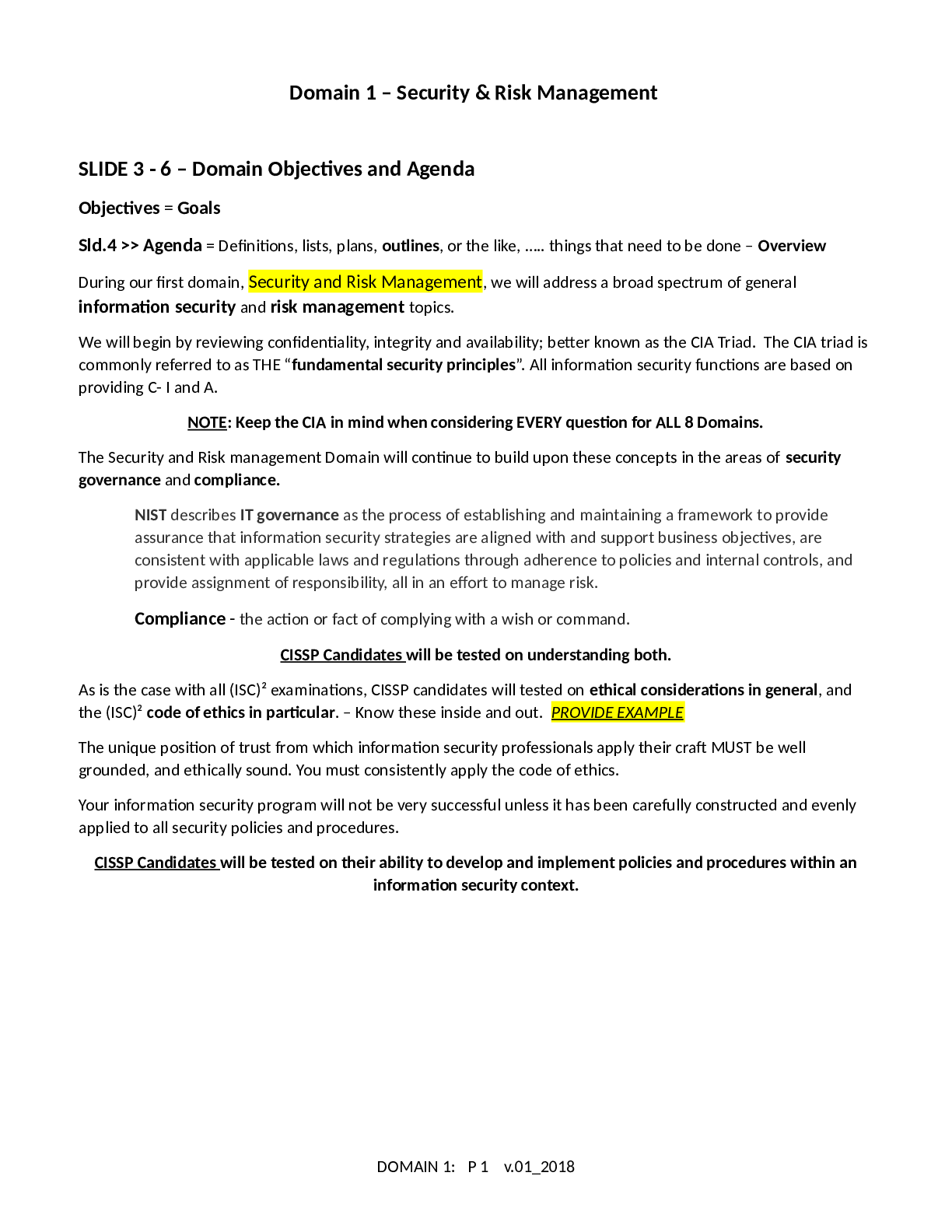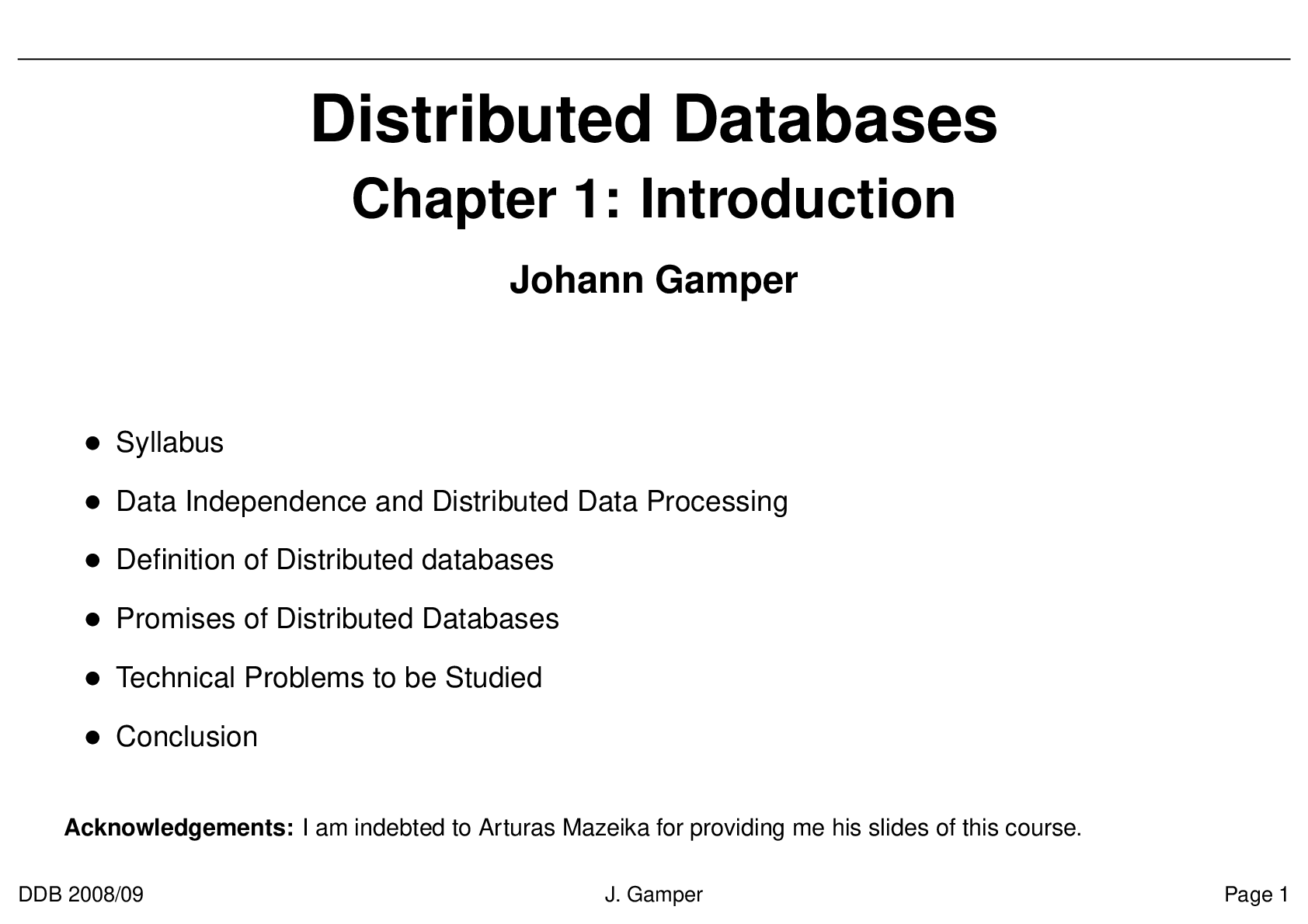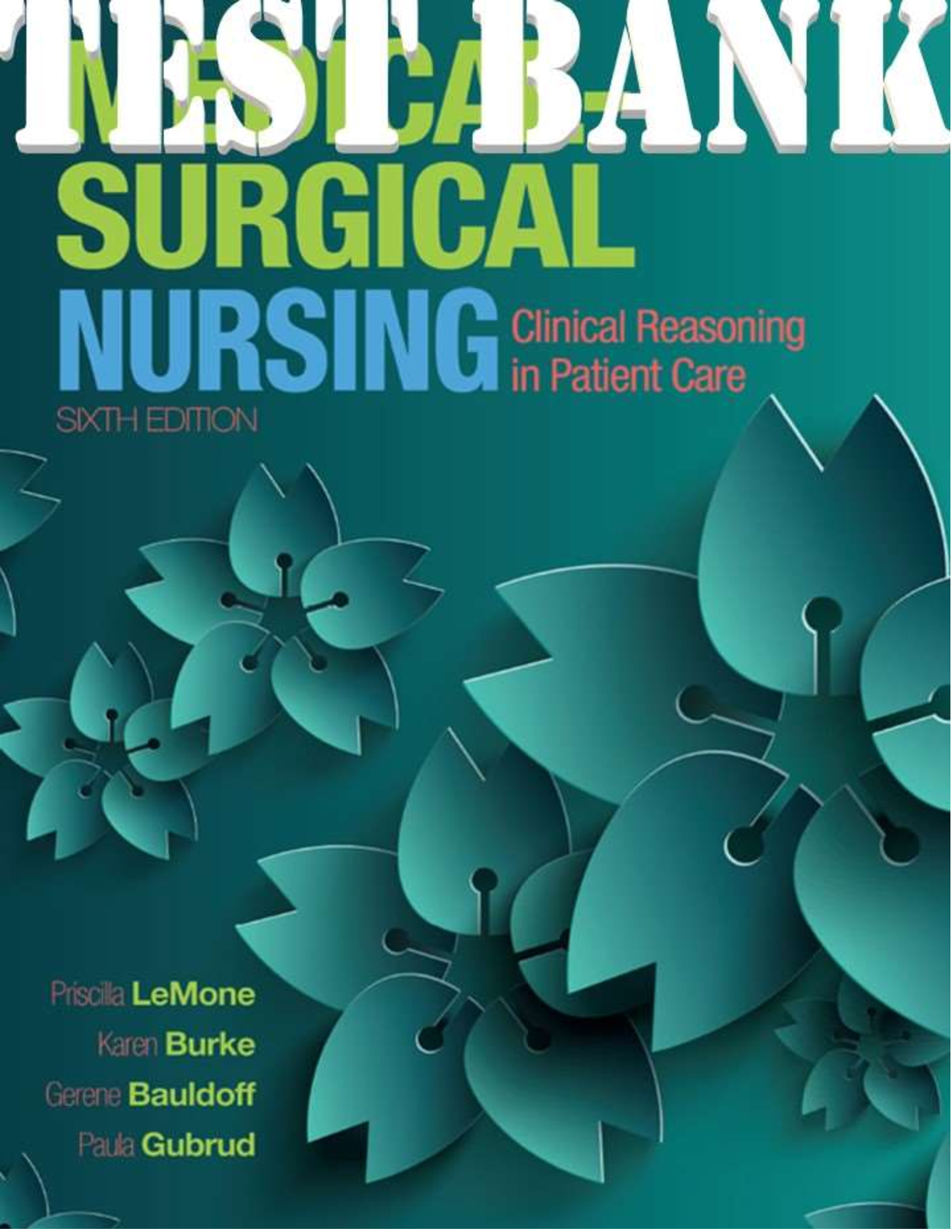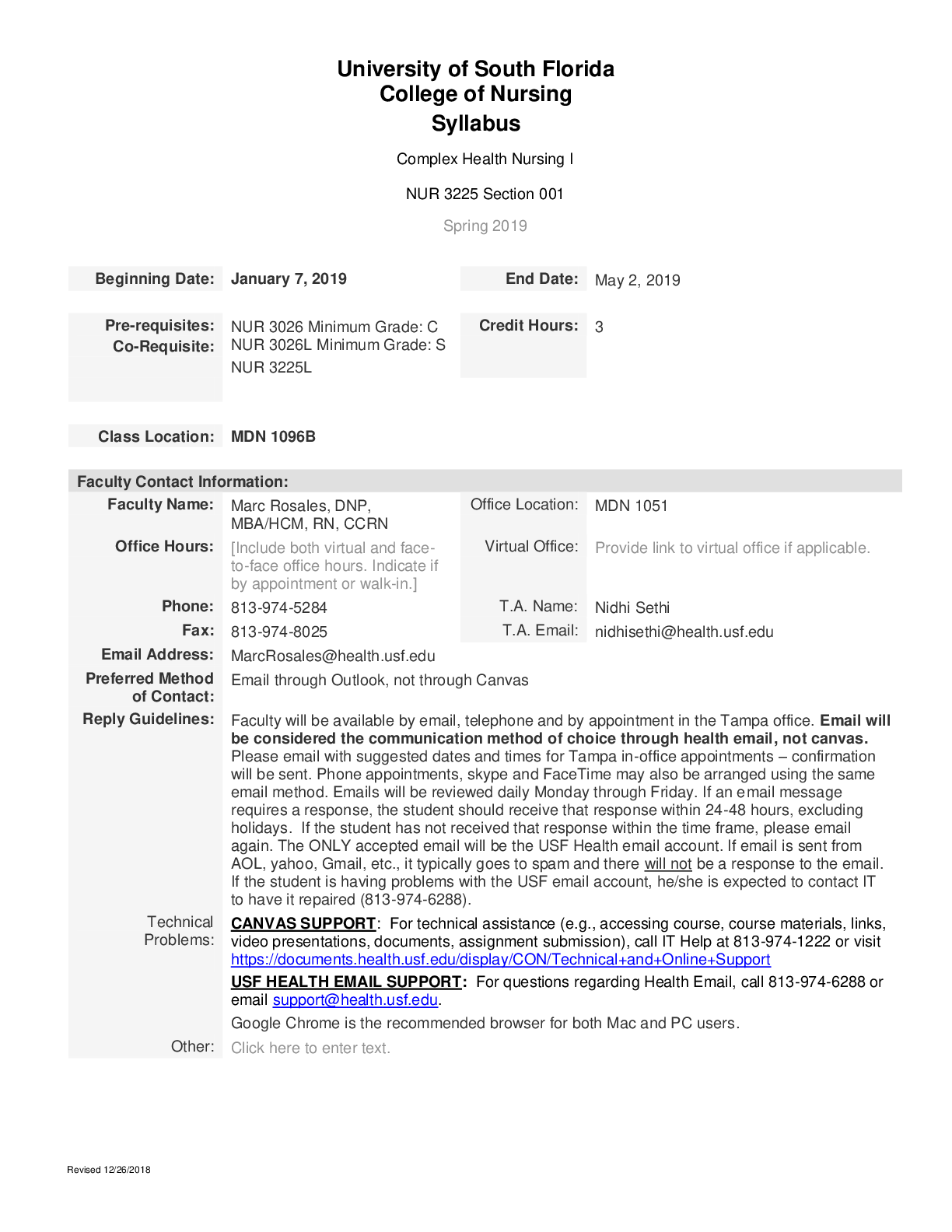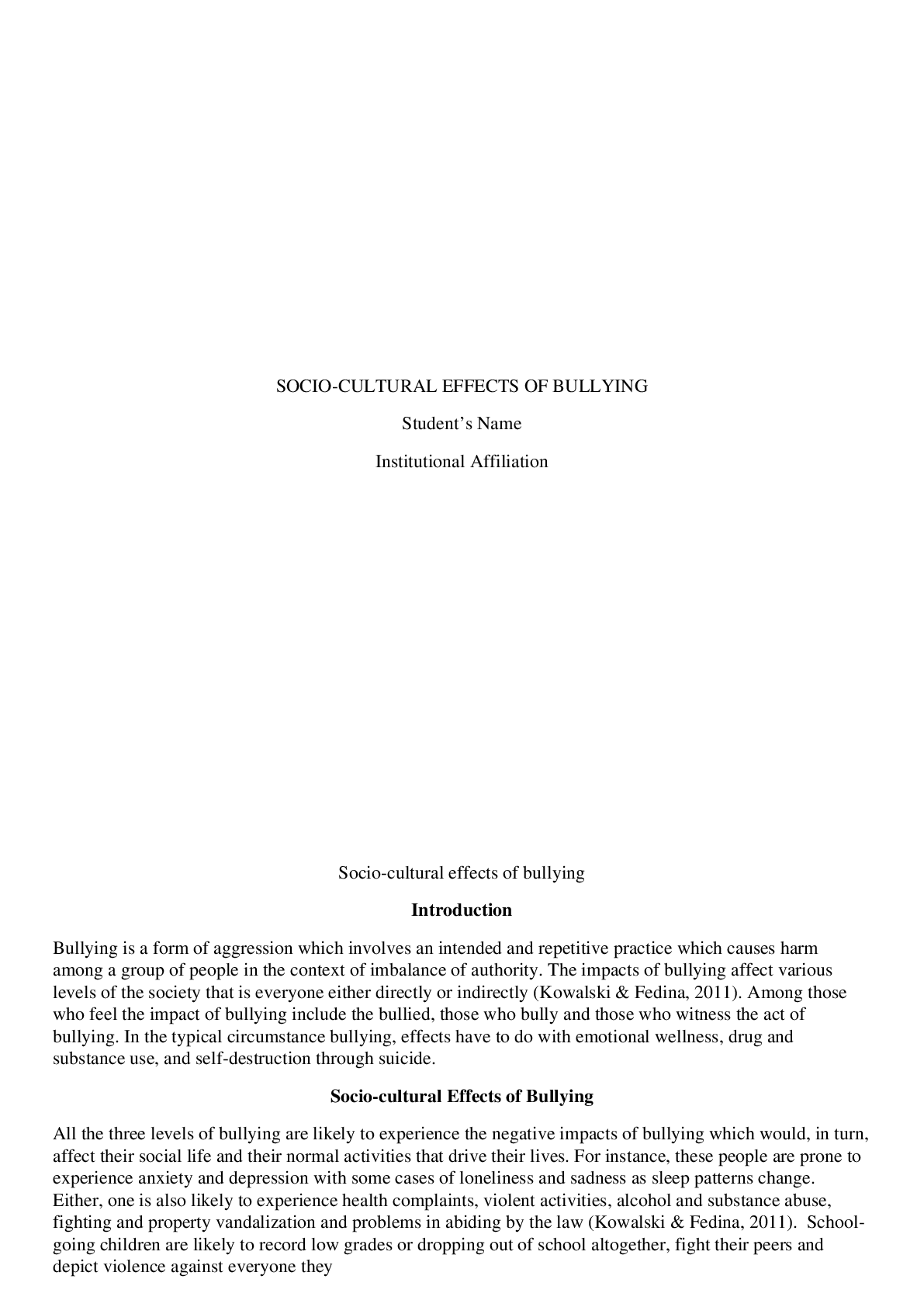Biology > Study Notes > Pathogenesis of Infectious Diseases (All)
Pathogenesis of Infectious Diseases
Document Content and Description Below
PATHOGENESIS OF INFECTIOUS DISEASES Chapter 14Learning objectives • After studying this chapter, you should be able to: • Cite four reasons why an individual might not develop an infectious d... isease after exposure to a pathogen • Discuss the four periods or phases in the course of an infectious disease • Differentiate between localized and systemic infections • Explain how acute diseases differ from subacute and chronic diseases • Differentiate between “symptoms” and “signs” of a disease and cite several examples of each • Cite several examples of latent infections • Differentiate between primary and secondary infections • List six steps in the pathogenesis of an infectious disease • Define virulence and virulence factors • List six bacterial structures that serve as virulence factors • List six bacterial exoenzymes that serve as virulence factors • Differentiate between endotoxins and exotoxins • List six bacterial exotoxins and the diseases they cause • Describe three mechanisms by which pathogens escape the immune response 2Pathogenesis of infectious diseases • The prefix “path-” means disease • Pathogenicity – ability to cause disease • Pathogenesis – the steps or mechanisms involved in the development of a disease • An infectious disease/infection is the disease caused by a microbe • Microbes that cause the disease are known as pathogens • Microbiologists use the word infection to mean colonization by a pathogen • Pathogen may or may not cause a disease in the person • Therefore a person can be infected with a pathogen and not have the infectious disease caused by it 3Why infection does not always occur • Wrong anatomic site • Lack of appropriate receptors • Presence of antibacterial factors • Ex: lysozyme • Presence of indigenous microflora • Microbial antagonism • Bacteriocins • Good health of host • Host humoral immunity • Previously infected by it/vaccinated • Host cellular immunity 4Four Phases of Infectious Disease I. Incubation period • Time between arrival of pathogen and onset of symptoms II. Prodromal period • Patient feels “out of it” III. Acute phase (period of illness) • Patient experiences the typical symptoms associated with the disease • Communicable diseases transmit easily during this phase IV. Convalescent phase • Patient is recovering • Damage can be permanent [Show More]
Last updated: 1 year ago
Preview 1 out of 26 pages

Buy this document to get the full access instantly
Instant Download Access after purchase
Add to cartInstant download
We Accept:

Reviews( 0 )
$13.00
Document information
Connected school, study & course
About the document
Uploaded On
May 21, 2021
Number of pages
26
Written in
Additional information
This document has been written for:
Uploaded
May 21, 2021
Downloads
0
Views
61

